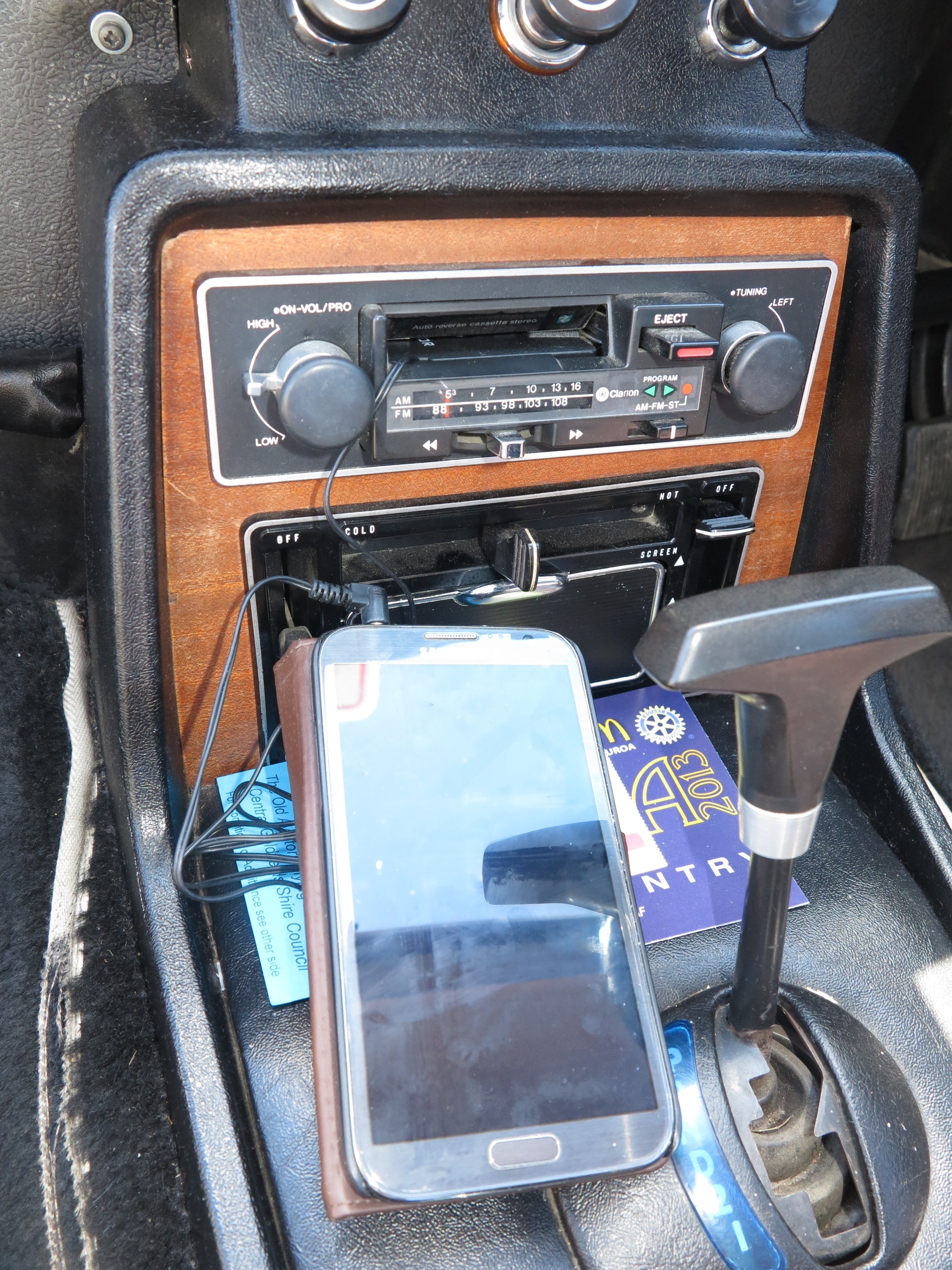Nokia N8
Nokia N8 shipments begin, ushers in Symbian^3 era – Engadget
Nokia N8 shipping – Units mailed out to pre-order customers | RegHardware.co.uk (United KIngdom)
Microsoft Windows Phone 7
Microsoft prepping Windows Phone 7 for an October 21st launch? (update: US on Nov. 8?) | Engadget
Windows Phone 7 sortira bien le 21 octobre | Businessmobile.fr (France – French language)
Microsoft: Windows Phone 7 kommt am 21. Oktober | netzwelt.de (Germany – German language)
Microsoft bestätigt Starttermin von Windows Phone 7 | derStandard.at (Austria – German language)
My comments
Over September and October 2010, there is increased activity concerning competing touchscreen-smartphone platforms. This will definitely make Apple squirm even
The first one will be the Nokia N8 with its Symbian 3 operating system, which will be a way of keeping Nokia users loyal to the Nokia N-Series phones with the Symbian platform. This platform is shipping now and most of the European mobile-phone operators are likely to have the various contracts worked out for these phones by October.
The second one will be the Microsoft Windows Phone 7 which is intended to be launched in the European market by 21 October. At the moment, HTC have worked out various models for this platform
These phones will use a “windowed” UI on their home screen so it is easier to go to particular functions at a touch rather than working with a list or scattered widgets on the home screen as what Android or iOS (iPhone) do.
There is a question that I have yet to hear an answer about with the Symbian 3 or the Windows Phone 7. It is whether developers will have greater freedom to develop apps for these platforms and whether there are many paths available for provisioning the software to the phones. This includes whether the app stores can charge for the software through the mobile-phone provider’s billing system for post-paid services as well as through credit cards or vouchers as is the current practice with the iTunes App Store.
Similarly, there is the issue of whether a person can download an app to a regular computer and upload it to the phone via the local network or through a USB or Bluetooth tethered connection. This practice may be useful for people who are provisioning software to employees for example; or installing / updating a “mobile component” app as part of the installation procedure for a piece of hardware or software.
It will then be interesting in a year to see which of the companies will “own” particular touchscreen-smartphone markets such as the consumer market, small-business-user market and “enterprise / corporate” market.


